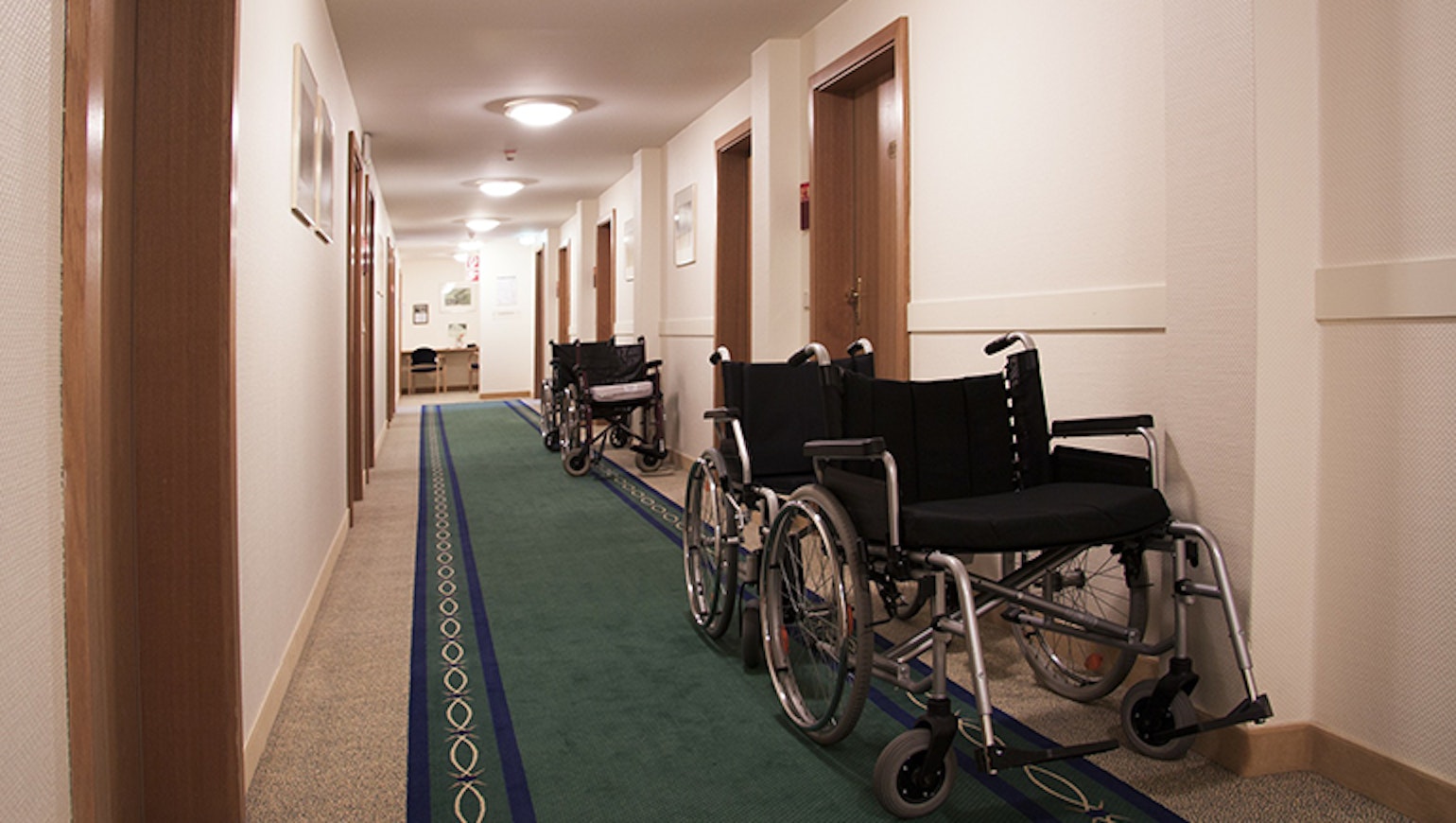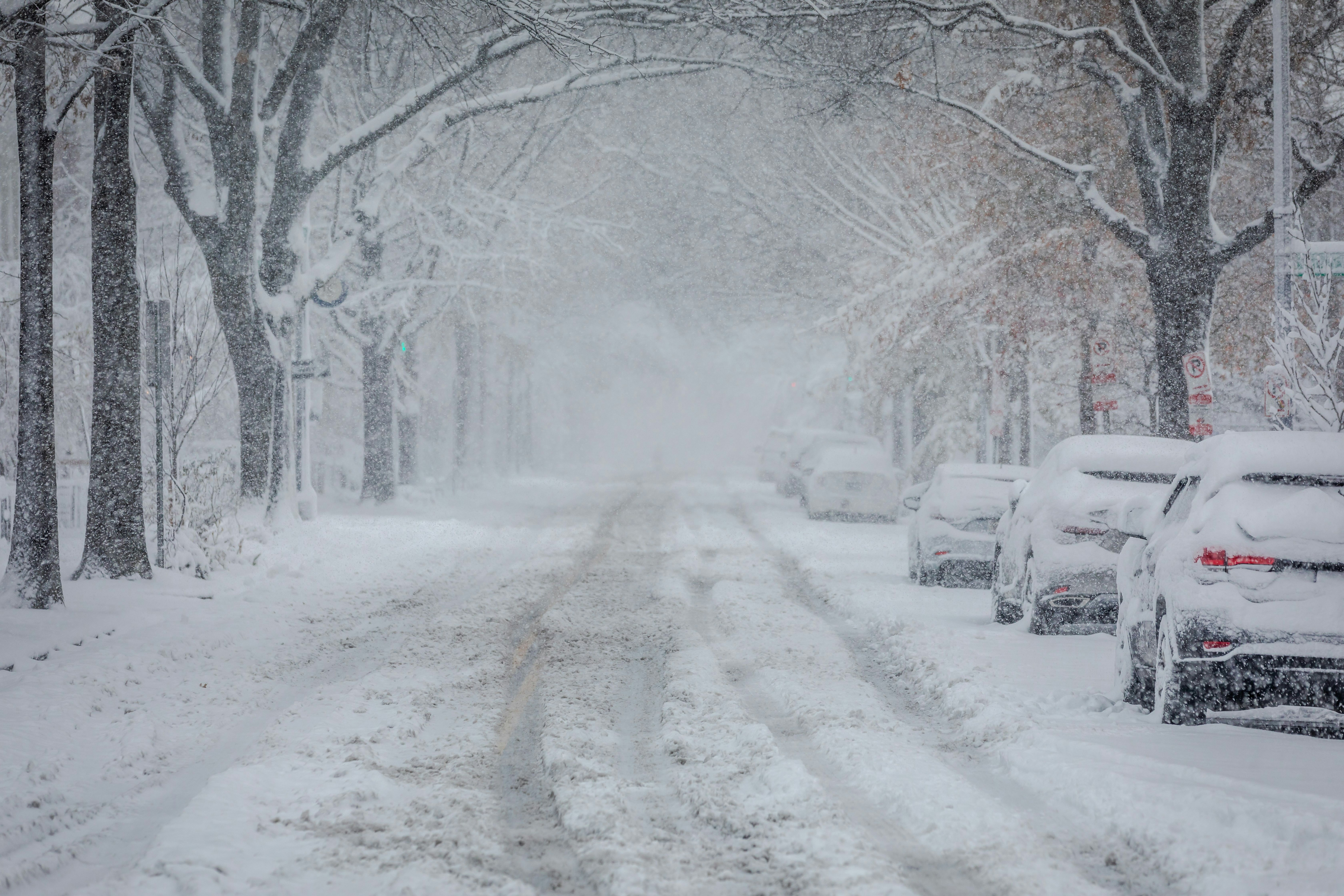Guide to Care Quality Commission assessments
If you own or manage a care home, the Care Quality Commission (CQC) will inspect the home and assess the services you provide to ensure they meet quality and safety standards.
By Alan Boswell Group

To help you prepare for an inspection, we look at CQC requirements, what’s involved, and how the result affects your care home insurance premium.
What is the Care Quality Commission?
The CQC is an independent body that regulates health and social care provision in England (there are different regulatory bodies in Wales, Scotland, and Northern Ireland). They inspect both NHS and independent providers:
Care homes
Hospitals
Dental practices
Clinics, such as family planning
Homecare agencies
GP practices
Mental health services
Community-based health services
What does the CQC focus on during an inspection?
The CQC focuses on five key questions during an inspection, asking if the services provided are:
Safe – are people protected from abuse and avoidable harm?
Effective – does the care and support achieve good outcomes and help people maintain quality of life?
Caring – do staff treat people with care, compassion, dignity and respect?
Responsive to people’s needs – do services meet people’s needs?
Well-led – do leadership and management teams lead in a way that provides high-quality care, an open and fair culture, and where learning is encouraged?
Each of these areas is then broken down into further questions that allow the CQC to assess the quality of the service. These focused questions are called their ‘key lines of enquiry’.
What should we expect during a CQC inspection?
The CQC carry out two types of inspection:
Comprehensive inspections – these look at all five key areas (safe, effective, caring, responsive, well-led).
Focused inspections – these are limited to assessing specific issues and don’t always look at all five key areas.
The inspection process
Before the assessment starts, the CQC inspectors will introduce themselves to your leadership team. They’ll explain who they are and what they intend to look at during their visit; they’ll also go over what happens after the inspection and how they’ll notify you about what they’ve found.
The CQC will gather evidence to help assess your services according to the five key areas. This evidence can include:
your policies and procedures;
training manuals, including induction processes and logs;
observing the care provided;
speaking to residents, relatives, visitors, and staff;
looking at care plans and ensuring residents’ needs are catered for.
At the end of the assessment, the CQC team will provide feedback. This includes a summary highlighting any issues that need to be addressed and a timeframe for when they need to be resolved. They’ll also give your care home a rating:
Outstanding
Good
Requires improvement
Inadequate
If they need to visit the home again to assess improvements, they’ll also let you know when that will be.
How to prepare for a CQC inspection
Knowing an inspection is coming up can be daunting, but here are some practical steps to ensure you’re as prepared as possible.
Review policies and procedures
Check that all your policies are up to date, including risk assessments and specific documents such as winter contingency plans. Any safety certifications (for example, gas and electricity) should be valid.
Policies should set out what they aim to do and detail any procedures that ensure those achievements are met. For example, what is the complaint process and how do you investigate concerns?
Staff training and development
Staff records should be current with all training logged; rotas should be kept up to date so that CQC teams can check staff-to-resident ratios.
If any employees are taking part in training programmes, for example, apprenticeships or management training, this should be detailed too. Induction plans can also help, as they can demonstrate that staff are being provided with the tools and knowledge to carry out their roles effectively.
Check key documents
Key documents include care plans for individual residents. As part of the inspection process, the CQC may ask to look at a selection of these to see how and if the home provides person-centred care.
Speak to residents, staff, and families
The CQC will also speak to people who live, work, and visit the home. While you can’t predict the outcome of those conversations, creating an open culture at the home should mean there are no surprises.
If there are any concerns, tackling them using a clear process can help resolve the matter quickly, fairly, and to everyone’s satisfaction.
Does a CQC rating impact insurance premiums?
Your CQC rating can affect what you pay in premiums. The higher your rating (good or outstanding), the easier it is to find insurance providers to quote for your care home insurance, giving you a much greater choice of providers. Having more providers to choose from also means you’re more likely to get a competitive premium.
Poorer CQC ratings limit your choice of insurance provider and can increase premiums at renewal. Insurers may also want to see any action plans put in place that address concerns listed in the CQC report.
Safeguard your business with care home insurance
For the vast majority of care homes in England, CQC inspections are an opportunity for validation and demonstrate the high-quality care being provided. Figures show that nearly 79% of care homes in England are rated good, while just over 4% are rated outstanding.
Practices that continually focus on the five key areas (safe, effective, caring, responsive, well-led) should help you maintain standards at all times, not just before an inspection.
It’s also essential to check that you’re meeting your legal requirements. For example, all care homes must be registered with the CQC. If you employ staff (even part-time and apprentices), you must also have employers’ liability insurance, which can be included in your care home insurance package.
Additional policies to consider include property insurance for the building, contents, and equipment, and public liability, professional liability, and medical malpractice insurance.
Care home insurance can be complex, with policies tailored to reflect the services you provide. If you’d like to speak to an expert, speak to us on 01603 218000. A member of the team will help you explore your options so that you can choose cover that’s right for you.
Need help with your insurance?
At Alan Boswell Group, we can help tailor your care home insurance policy so it reflects the activities you carry out, ensuring that all aspects of your business are covered. For more information or to discuss your requirements, you can speak to one of our experts on 01603 218000.
We also offer other types of care and medical insurance, so if you’re considering alternative care services, such as domiciliary care please get in touch.
Make an enquiry
FAQs
This depends on previous assessments and feedback. Homes rated outstanding or good will be inspected less often (with two to three years between visits). Care homes below these levels are likely to be checked more frequently based on the report and any timeframes set out for improvement.
If the CQC receive a concern or complaint, they’re likely to plan to assess the home earlier than they might have previously.
Yes, all care homes must be registered with the CQC. There’s no cost to register initially, but you’ll pay a fee every year thereafter. If you don’t register, you can be fined or imprisoned.
A rating of ‘inadequate’ is the lowest judgement possible. If this happens, the home will be placed in ‘special measures’ and given an improvement plan with a timeline. The home will usually be inspected again within six months.
Homes cannot be in special measures for more than 12 months. If the service hasn’t improved by then, the CQC can take steps to close the home.
The CQC is responsible for regulating treatment, care, and support provided by care homes. As part of this, they ensure that care homes meet what’s known as the ‘fundamental standards’, which include safeguarding.
What happens will depend on the result of the inspection. Homes rated good or outstanding can continue to provide their services while making any improvements suggested by the CQC report.
Homes where the service has been considered below standard will need to work through the improvement plan and be ready to be reassessed within six months (if applicable).
Related guides and insights

Comprehensive guide to care home insurance: protecting your business
If you own or manage a care home, ensure you have all your insurance liabilities covered with our comprehensive guide.

The difference between domiciliary and residential care
Domiciliary and residential care share similarities, but if you’re thinking about setting up a domiciliary care business or weighing up care options for a loved one, what are the differences and advantages of each?

Managing resident safety risks in care homes
Care home insurance can help mitigate the financial impact of accidents and mistakes, but avoiding unnecessary risks in the first place should be a priority. We look at how to manage resident safety and implement effective risk assessments.

Guide to setting up a care home
Setting up a care home comes with strict rules. We look at your obligations and why care home insurance is an essential part of registration.

Winter contingency plans for care homes
To manage risk in your care home, we look at what to consider when it comes to setting out effective winter contingency plans, and how care home insurance can help cover the cost if the unexpected does happen.
